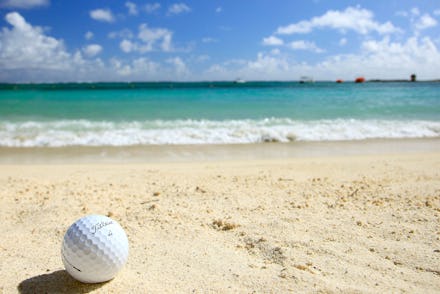Scientists just found a lost continent underneath the island of Mauritius

Scientists have long theorized that about 200 million years ago, a giant stretch of land connected what are now India and Madagascar to form an ancient supercontinent called Gondwana.
In a new paper published on Jan. 31 in the journal Nature Communications, geoscientist Lewis Ashwal, of the University of Witwatersrand in Johannesburg, South Africa, finally concluded that not only was the supercontinent real, fragments of it still exist — sunken leagues beneath the tiny isle of Mauritius.
"Our findings confirm the existence of continental crust beneath Mauritius," the paper says.
Researchers were first tipped off to the continental crust's presence because of a strange feature that's unique to Mauritius: The pull of gravity is particularly strong on the island, according to Time.
That strong gravity, combined with 2 billion-year-old samples of the mineral zircon that have been found on the island's beaches, caused scientists to wonder if there wasn't something hidden out of sight beneath the island.
Using uranium-lead dating techniques, Ashwal and his colleagues were able to determine that there was no way the billions-of-years-old zircon could have been created around the same time as the other geological components of Mauritius, which point to the island being around eight million years old.
Instead, they reasoned, undersea volcanoes likely rocketed the sediment from the subsurface continental crust to the shores of Mauritius.
It might not be the lost city of Atlantis, but it's something.